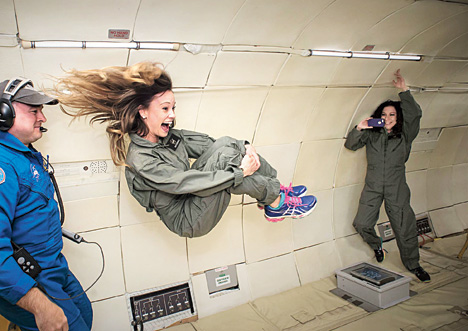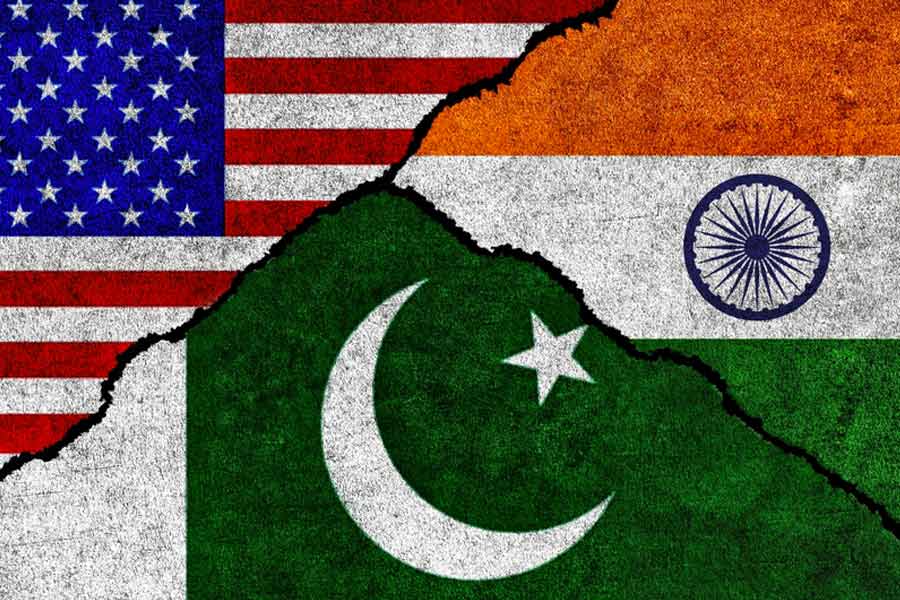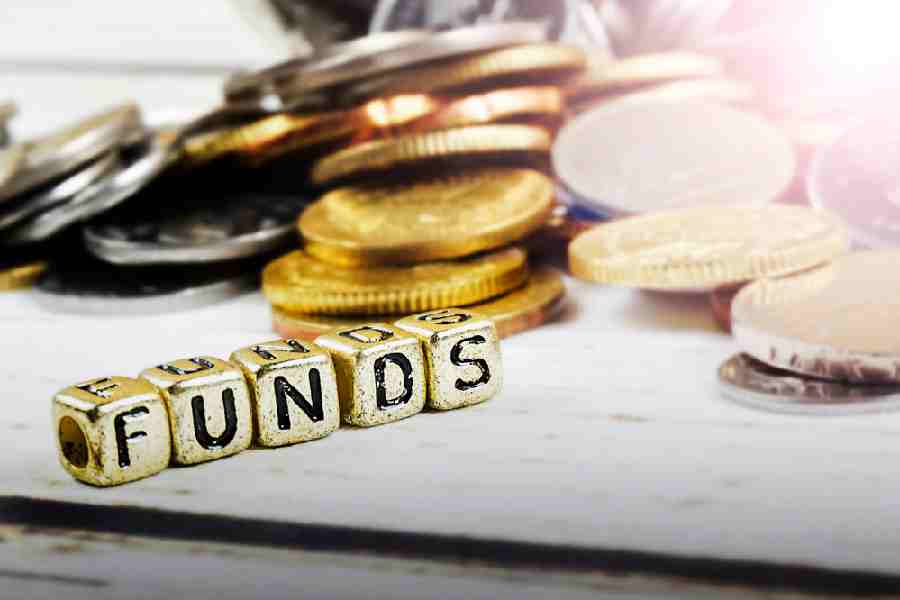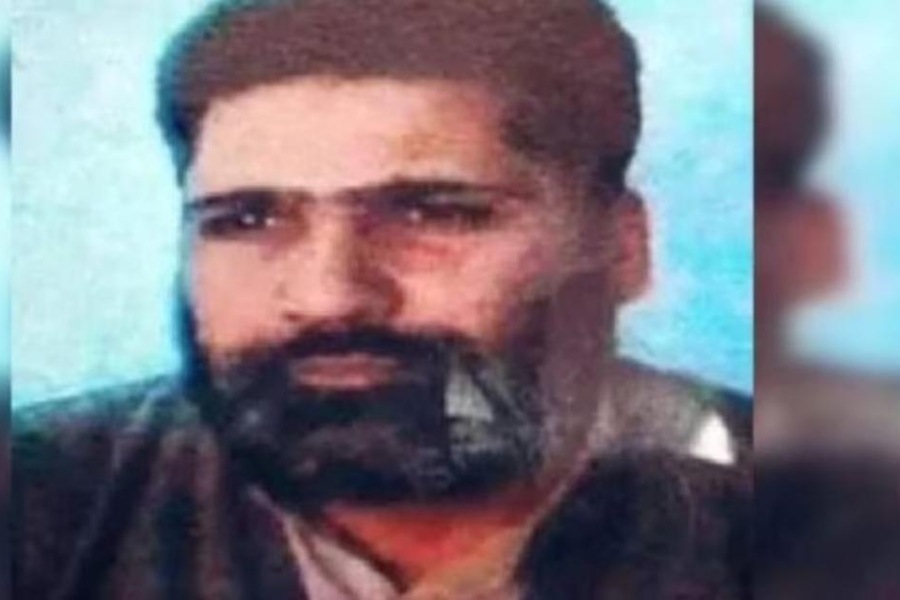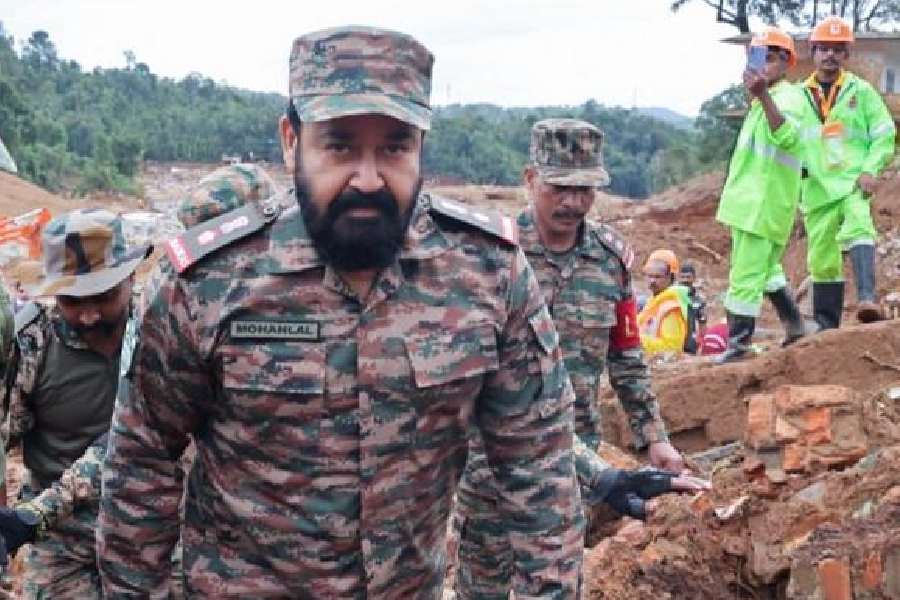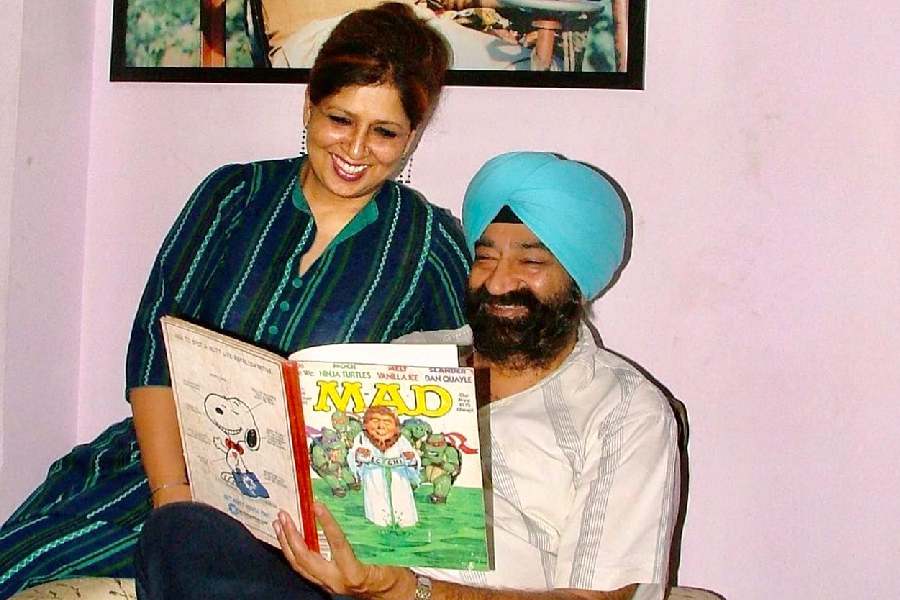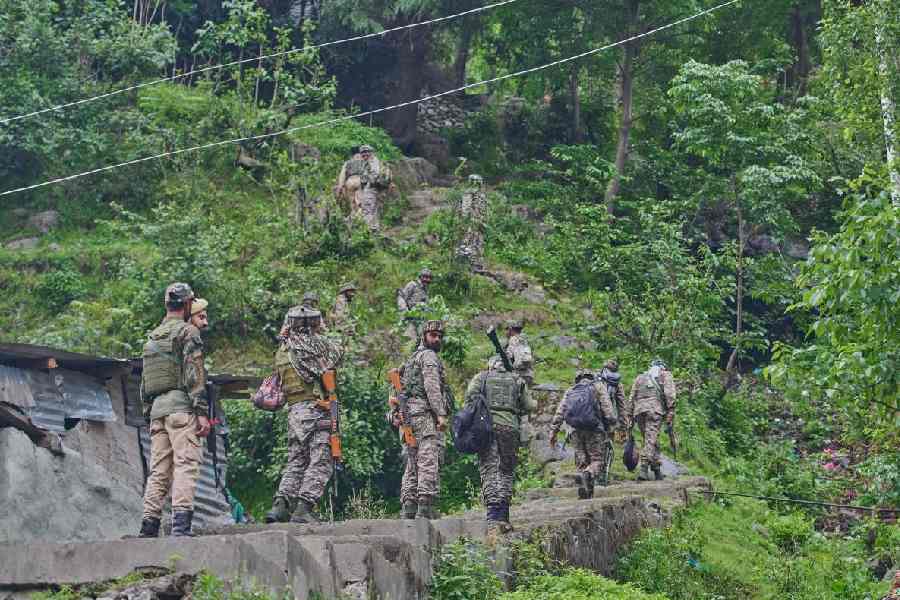

Recently, Amazon India started listing a book series for children, titled Ada Lace, which revolves around a “third-grade scientist and inventor extraordinaire” but has zero overload of technical details. The books are so entertaining, educational and addictive that my kid wants me to buy the entire series! Go beyond the books, and its author will inspire children. Emily Calandrelli, 31, is also the host and producer of popular US TV show Xploration Outer Space. The MIT alumna took a few questions from t2 over email. Here’s what she has to say.
How did you come up with the idea for the Ada Lace series?
When I was a kid, there weren’t many books about adventure or science that featured a young girl as the main character. And there’s just something about reading about a character who kinda looks like you that makes everything they’re doing feel a bit more relatable. Representation is important and powerful and girls like me didn’t have a lot of that growing when it came to women in STEM (science, technology, engineering and math) — so I wanted to make sure the next generation had someone like Ada Lace.
Who is the inspiration behind Ada Lace? Who have you modelled her on?
She is essentially who I wished I was more like when I was a kid. Ada is confident and curious and not afraid to try things or attempt to learn things that seem confusing. I didn’t really consider myself smart, which prevented me from trying to learn various things. Ada isn’t afraid to try. She’s not afraid to fail, either. That’s probably one of her best skills.

STEM disciplines are being continuously pushed among kids. But are we putting too much emphasis on a set of discipline over, say, history or literature?
All of those disciplines are important, of course. We must not fall into the mindset that pushing the importance of one field means devaluing the importance of the others. Learning is not a zero-sum game. Plus, you can’t properly teach science without learning the history behind it. And you can’t properly tell the stories of science without understanding how to write well. None of these fields exist in a silo.
What set you on the path to study aeronautics and astronautics?
To be honest, I simply wanted to ride on NASA’s Vomit Comet (reduced-gravity aircraft) when I was in college. I learned that if you studied aerospace engineering, there was a class you could take where you designed an experiment to test in microgravity — on the Vomit Comet. And if your experiment was good enough, NASA would allow you to fly weightless on this plane and test your experiment. To this day, flying in the Vomit Comet has been one of the best experiences I’ve ever had.
How did it feel floating in zero gravity? How did you prepare for it?
I prepared by trying to eat a light breakfast and take my anti-nausea pills. I barfed anyway! It is like an 8,000 feet roller coaster in the sky where you feel weightless for 30 seconds, and then twice your weight for 30 seconds, and that repeats for about an hour. It was the most euphoric human experience I’ve ever had. It is quite possibly the closest experience to flying that one can have. I’ve now flown in a weightless plane three times and would fly a dozen more times if they’d let me (and pay for me!).
So who’s your role model?
People who are both great storytellers and also know their science well. It’s a mix of two very important skills that are not often taught side-by-side in classrooms or universities. So those who are good at both of them simultaneously have had to work on it in their own time and I admire that. People like Bill Nye and Neil deGrasse Tyson have mastered this craft.
What’s been the biggest thrill of your career?
Working alongside Bill Nye. He’s so good at what he does and learning from the best was such an exciting opportunity.
Do you remember meeting Bill Nye the first time. What’s the most important thing you have learnt from him?
I met him at an aerospace conference when I was still in grad school. I came up to tell him that I was really excited that he was talking about science topics that were seen as “controversial” (evolution, climate change...) because we needed someone like him to stick up for science. By watching him perform in front of an audience I’ve learned that you have to be a good presenter and entertainer to get an audience excited about science. It’s not enough just to share cool facts. You have to put them into context, you have to make them relatable, funny and surprising.


Your US TV series Xploration Outer Space seeks answers about our universe. How do you gather content for the show?
We primarily try to find topics that have two things — a good story behind them, and something visual to show the audience. Over the last few years, I think our show has become more recognisable, which has opened more doors for us. We’re getting to chat with some of the best innovators in the space industry and getting a peek at many of the top labs around the country. This year we’re covering more international topics as well. We had an entire episode dedicated to the Canadian Space Agency and in October we’re flying to Russia to train like a cosmonaut at the Yuri Gagarin Cosmonaut Training Centre.
There are many people who doubt the plans of Elon Musk and his SpaceX. How do you look at the man and his projects?
Do you think he is the most important entrepreneur in the world at the moment?
SpaceX has completely revolutionised the space industry. I’m constantly in awe of the progress that SpaceX engineers have made and continue to make. I think we’ll need many more entrepreneurs, policy makers, and engineers to safely and sustainably expand the human presence into the solar system, but Musk and SpaceX are certainly here to lead the charge.
Finally, what is your message for young kids who would love to follow science and consider it a cool discipline?
I would tell them to steer clear of adults who think that STEM is only for half of the world. Kids are naturally curious and there are many books, toys, games, television shows, YouTube channels and movies out there for anyone who wants to play and learn about science.

